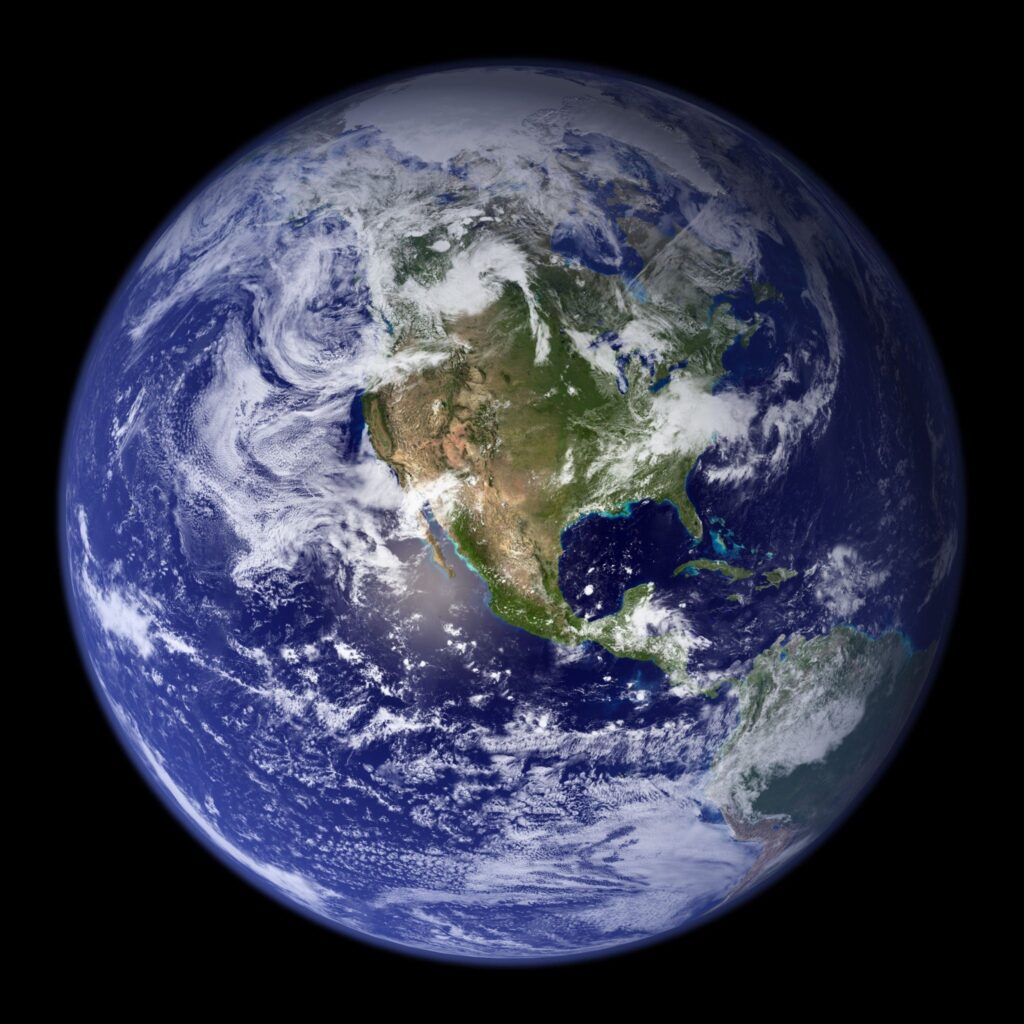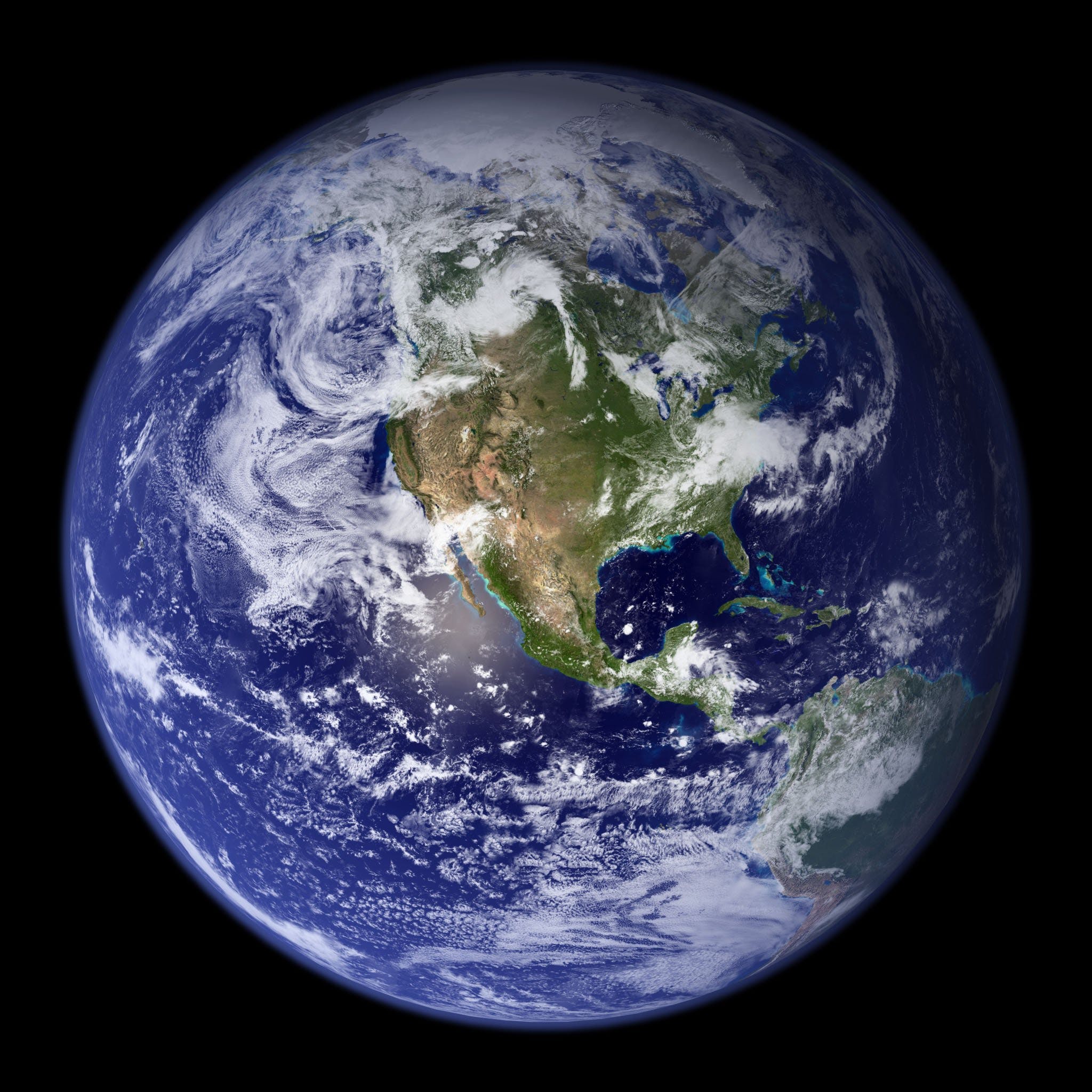Lost World Beneath Pacific Ocean: Mysteries Hidden in Earth’s Depths
Lost world beneath Pacific Ocean: Scientists uncover mysterious structures in Earth’s lower mantle that defy explanation, challenging our understanding of geology and planetary dynamics.
The concept of a “lost world beneath the Pacific Ocean” might sound like the premise of a science fiction novel, but new discoveries suggest it could be a reality. Scientists have uncovered mysterious structures deep in the Earth that are reshaping our understanding of how our planet works. These findings challenge long-held geological theories and open the door to questions about Earth’s ancient history.

Discovery of a Lost World Beneath Pacific Ocean
Researchers from ETH Zurich and the California Institute of Technology (Caltech) have revealed strange structures located about 600 miles (1,000 km) below the Pacific Ocean in the Earth’s lower mantle. These anomalies, described in their study published in Scientific Reports, defy explanation. The seismic waves passing through this region behave unexpectedly, indicating the presence of materials that “shouldn’t exist” according to current geological models.
This lost world beneath the Pacific Ocean could hold clues to events that occurred hundreds of millions of years ago. The discovery has been termed a “major mystery” by researchers, as it raises questions about the dynamics of Earth’s interior and its ancient past.
How Scientists Explore Earth’s Interior
Exploring the Earth’s interior is no small feat. Scientists cannot physically reach the mantle, the layer between Earth’s crust and core, due to its extreme depth and conditions. Instead, they rely on seismic waves generated by earthquakes and explosions to map the planet’s interior. These waves travel through Earth’s layers, and their speeds and behaviors provide indirect clues about the structures within.
This technique, akin to how doctors use ultrasounds to image internal organs, has revealed the lost world beneath the Pacific Ocean. By analyzing seismic wave data, the team used a computational method called full-waveform inversion to create a detailed 3D image of the lower mantle. The results uncovered structures far removed from known tectonic plate boundaries, making their origin a puzzle.
What Makes This Discovery Unprecedented?
Earth’s lithosphere—its rigid outer shell—is made up of around 15 tectonic plates. These plates move, collide, and sometimes sink into the mantle in a process called subduction. Over millions of years, entire plates have disappeared into the mantle, leaving behind traces that scientists can identify. However, the anomalies in the lost world beneath the Pacific Ocean are different.
Unlike previously identified subducted plates, these structures are found in regions with no history of subduction. The Pacific plate is a single massive tectonic plate, and there is no geological evidence to suggest that subduction occurred in this area. This unique characteristic has baffled researchers and sparked intense curiosity about the nature of the material.
Theories About the Lost World Beneath Pacific Ocean
While the exact composition of these anomalies remains uncertain, scientists have proposed several intriguing theories:
- Ancient Material: The structures might be remnants of silica-rich material from the Earth’s formation about four billion years ago. If true, this material has remained preserved deep in the mantle for eons, offering a glimpse into Earth’s earliest history.
- Iron-Rich Zones: Another possibility is that these anomalies are zones where iron-rich rocks have accumulated over billions of years due to mantle movements. Such concentrations could explain the unusual seismic wave behavior.
What Makes This a Lost World Beneath Pacific Ocean?
The discovery has been compared to finding an artery in an unexpected place within the human body. Professor Andreas Fichtner, a seismologist at ETH Zurich and co-author of the study, explained, “It’s like a doctor finding an artery in the buttock that doesn’t belong there. That’s exactly how we feel about these findings.” The lost world beneath the Pacific Ocean is truly enigmatic, as it challenges established geological models and raises more questions than answers.
Why This Discovery Matters
Understanding Earth’s interior is crucial for unraveling the dynamics that drive our planet. The discovery of a lost world beneath the Pacific Ocean highlights the limitations of our current models and underscores the importance of advanced imaging techniques like full-waveform inversion. These tools provide new insights into the deep Earth, enabling researchers to refine their theories about planetary formation and evolution.
A New Frontier in Geology
The lost world beneath the Pacific Ocean is not just a scientific curiosity; it represents a new frontier in geology. By studying these anomalies, scientists hope to uncover the processes that shaped our planet billions of years ago. The findings could have implications for understanding tectonic activity, mantle dynamics, and even the origins of Earth’s geological features.
Next Steps in Exploration
To solve the mystery of the lost world beneath the Pacific Ocean, researchers plan to gather more data from seismic waves. While current analyses focus on wave speeds, future studies will examine additional wave properties to gain a deeper understanding of the anomalies. These efforts may reveal whether the structures are truly ancient remnants, iron-rich zones, or something entirely unexpected.
Conclusion
The lost world beneath the Pacific Ocean challenges everything we thought we knew about Earth’s interior. This discovery has opened a door to new possibilities, showing that our planet still holds secrets waiting to be uncovered. As scientists continue to explore this enigmatic region, we may find answers that reshape our understanding of geology and Earth’s ancient history. For now, the lost world beneath the Pacific Ocean remains a fascinating and unsolved mystery.
Also read:Untapped Hydrogen Reserves: 5 Game-Changing Possibilities



